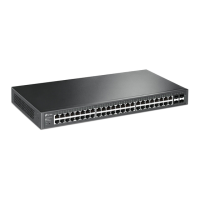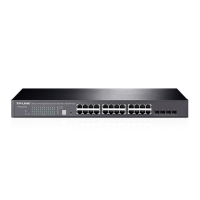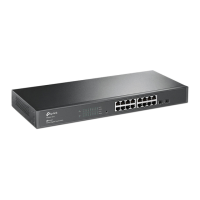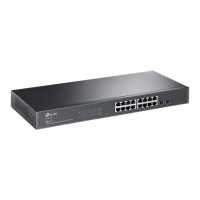Configuration Guide 760
Configuring SNMP & RMON Notification Configurations
3.1.2 Enabling SNMP Traps
Choose the menu MAINTENANCE > SNMP > Notification > Trap Config to load the
following page.
Figure 3-2 Enabling SNMP Traps
The supported traps are listed on the page. Follow these steps to enable any or all of these
traps:
1) Select the traps to enable according to your needs.
SNMP
Authentication
Triggered when a received SNMP request fails the authentication.
Coldstart Indicates an SNMP initialization caused by the reinitialization of the switch
system. The trap can be triggered when you reboot the switch.
Warmstart Indicates the SNMP feature on the switch is reinitialized with the physical
configuration unchanged. The trap can be triggered if you disable and then
enable SNMP after the SNMP is completely configured and enabled.
Link Status Triggered when the switch detects a link status change.
CPU Utilization Triggered when the utilization rate of the CPU has exceeded the limit that you
have set. The limit of CPU utilization rate for the switch is 80% by default.
Memory Utilization Triggered when the memory utilization exceeds 80%.
Flash Operation Triggered when flash is modified during operations such as backup, reset,
firmware upgrade, configuration import, and so on.
VLAN Create/Delete Triggered when certain VLANs are created or deleted successfully.
IP Change Monitors the IP address changes of each interface. The trap can be triggered
when the IP address of any interface is changed.
Storm Control Monitors whether the storm rate has reached the limit that you have set. The
trap can be triggered when the feature is enabled and broadcast/multicast/
unknown-unicast frames are sent to the port with a rate higher than what you
have set.

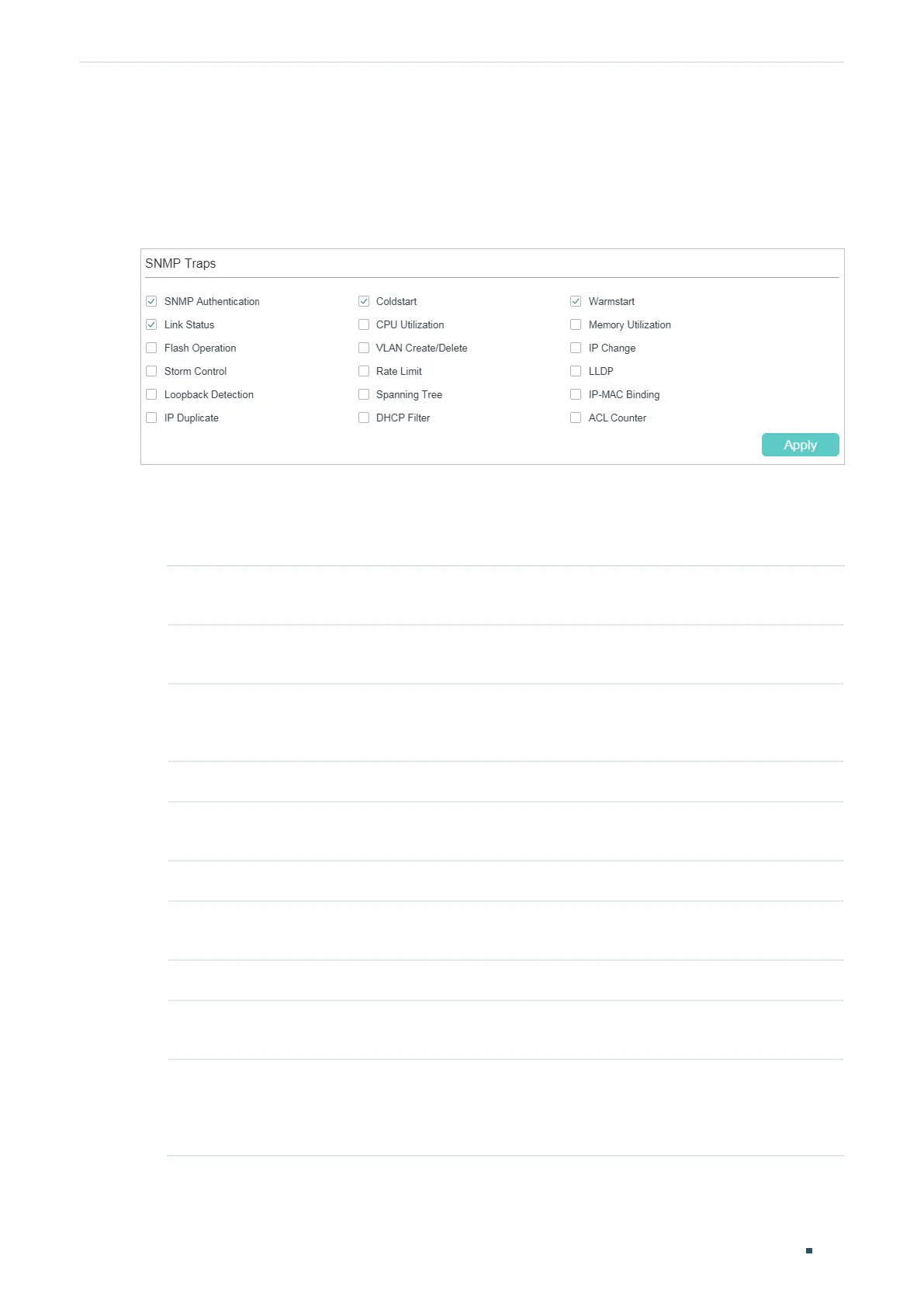